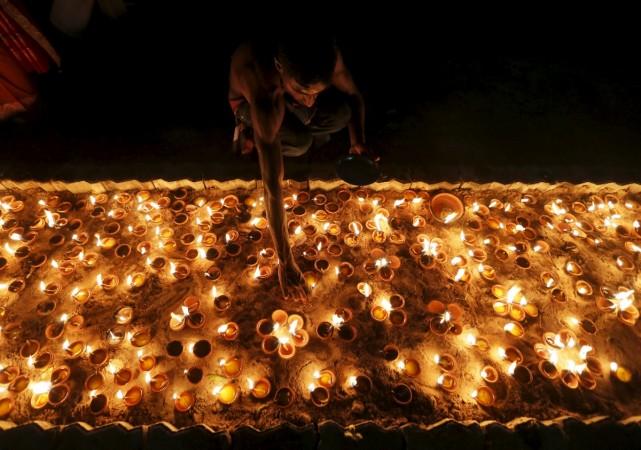
A day dedicated to Lord Shiva, Mahashivaratri falls on February 24 this year. On this day, devotees of Lord Shiva fast and offer special prayers to the god.
Why is Maha Shivaratri celebrated: The auspicious festival is said to mark the day when Lord Shiva married Goddess Parvati. The day is considered auspicious for women. They fast and pray to the Lord for a blissful married life.
Another legend associated with Maha Shivaratri is connected to the churning of the ocean. It is believed that when gods and demons were churning the milk ocean, a poison pot broke. This poison was dangerous for the universe. To stop this from happening, Shiva drank the poison causing Shiva's neck to turn blue.
How to celebrate: Devotees observe a fast and visit temples on the auspicious day. But how can you manage to fast on a busy working day? Here are a few foods you can consume while fasting:
- Milk: Start off your day with a healthy glass of milk.
- Fruits: While you cannot eat rice and pulses, you can substitute your lunch with fresh fruits. Make a salad of the seasonal fruits for lunch.
- Singhare ka paranta/puri: Since the fast rules do not permit devotees to eat wheat, Singhade ka paranta is a go-to option. You can enjoy a plate full of parantas with a bowl of curd. Here's the recipe:
- Sago (Saboodana) Khichdi: Thank god for Saboodana. Saboodana Khichdi is a Maha Shivaratri special. The recipe is simple and tastes absolutely delicious. Don't know how to make it? Check the recipe here:
- Kadhi with singhada flour: The Kadhi with singhada flour is popularly known as Vrat ki Kadi. It replaces the traditional element of gram flour with singhada in the recipe. Check the recipe here:
It is important to remember that you cannot use or eat iodized salt. Replace the household salt with rock salt, aka Halite.

















